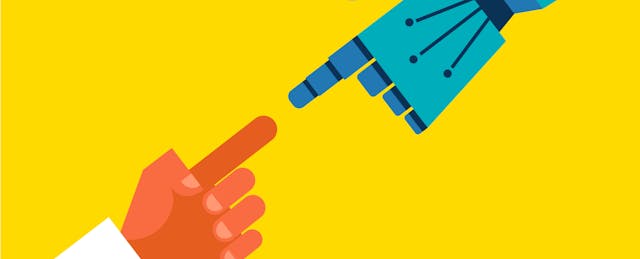We don't know what jobs today’s children are going to have when they become adults, but we do know that technology is going to play a major role in whatever jobs exist. According to research conducted by Dr. Marina Umaschi Bers at Tufts University, coding is fast becoming a form of literacy that students will need to understand and use, similar to reading and writing in English. It stands to reason that the more exposure children have to computer technology, coding, and robotics, the more prepared they will be for the future.
In my role as an instructional science coach for the Redwood City School District, I lead the district’s STEAM program at John Gill Elementary School, a Title 1 school located in the heart of Silicon Valley. Although we are in an area known for its wealth and opportunity, more than half our students are on the free and reduced lunch program.
A large portion of our students are also English language learners who speak more than 35 different languages at home, including Arabic, Korean, Russian, Spanish and Vietnamese. This year, we launched a pilot program in which, starting in Kindergarten, students from diverse backgrounds will begin developing computer science skills through activities using block-based languages and robots.
Our computer science program has two goals. One is perhaps obvious: to provide our students with a variety of STEAM-related tools and resources to build a foundation in computer science. The other, less so. We want to help students learn the social-emotional skills that our local business leaders tell us they want to see in their new employees. These are the soft skills like collaboration, communication and critical thinking, which students can develop through working in groups to solve complex problems—in this case problems related to coding and robotics.
Computational Skills and Collaboration
One phrase we often use in our district is, “It’s not about the robot.” What we mean is that computer science is not about the device or software. It's about what students are doing with technology to solve problems. For instance, when our first-grade students create original stories using Scratch Jr., the focus is on how they overcome challenges while finding the best way to express their creativity. It’s less important that they master all the different uses of the computer programming language.
While children are developing their coding skills, they are, simultaneously advancing their social-emotional development. I remember one student in particular who exemplified this type of growth. We were introducing KIBO, a robotics kit by KinderLab Robotics, to a class of Kindergarten students. A boy and a girl were working together, when the boy suddenly pulled the robot. “This is mine!” he shouted. A short game of tug-of-war ensued.
Flash-forward two months: I went back to visit the classroom, and the same boy was working with another group of children, a mix of boys and girls. At one point, he stopped, held the robot out, and said, “It's your turn now.” I thought, “There we go. That's what we're hoping to see.” Not only were students learning about computer programming, but they were learning the social skills—like sharing and working with others—that will serve them just as importantly in the future.
Problem-Solving with the Hokey-Pokey
When working with robotics, I also see students tackle challenges that require other types of social-emotional learning. One of our kindergarten teachers did a hokey-pokey lesson using KIBO, which introduced students to the very basics of how the robot moves. In the lesson sequence, the class danced the hokey-pokey, singing the song together. Then they split up into pairs and tried programming the robot to dance their own versions.
The teacher noticed that as pairs struggled to get the movement of the robots just right, they also worked hard at communicating their ideas and collaborating on ways to make their ideas come to life in the robots. The teacher watched as students worked together, showing each other how to adjust the robot’s barcode reader to scan in the correct block or redoing a scan if it didn't perform the dance correctly.
I never tire of seeing children discover something new about their world. The screams of excitement I hear when students successfully code a robot will never get old. Through our computer science program, we hope our students continue to learn the skills they’ll need to participate in shaping the future of Silicon Valley.


